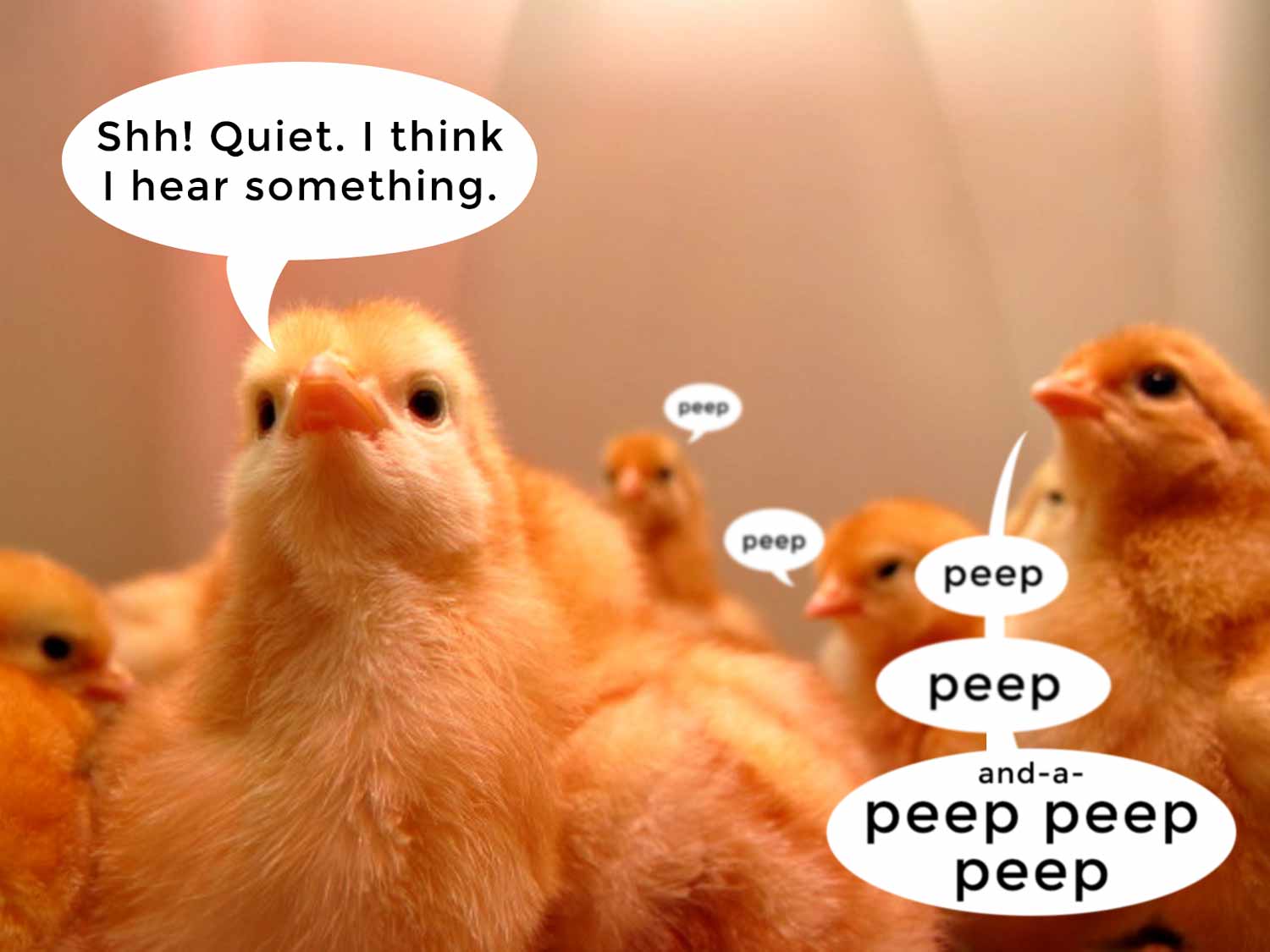When I was a kid, sometimes at parties or other events, we’d line up for an egg toss. If you’ve never seen one, partners stand a few feet apart and then toss an egg to each other. Partners with intact eggs then take a step back and throw again.
George. Why are you writing about egg toss?
Well, because I was thinking: If your customer were an egg, what are the odds they’d make it through your customer experience intact?

Trust in the Customer Experience
In my last post, I wrote about how to improve customer experience through working together—specifically on easing customers through the transitions of your customer experience. In great customer experiences, transitions are crucial moments of trust:
- Customers trust the experience will be consistent throughout each interaction with a company.
- Employees must trust that their peers can deliver for customers.
If we’re conscious about those moments of trust, then we can work to deliver on them. And in doing so, we can affirm our customers’ faith in the way we do business.
Imagine your customers—fragile and airborne—as they move between your company’s delivery teams. Will someone be there to catch them when they come back down to earth?
A Closer Look at the Transition From Sales to Delivery
We believe the customer experience starts before the customer is actually a customer. And in that case, perhaps an egg is an apt symbol. Because if we take care of potential customers in the incubatory stages of the experience, then they’re more likely to grow within our business.

Now that seems logical on the surface, but what about numbers to back it up?
I’m happy to report that I have such numbers, pulled from our recent research study. (And they're exclusive findings we didn’t include in our final ebook—which you can find here, should you be interested in similar insights into the prospect experience.)
In the study, we asked B2B telecommunications buyers to consider how their eventual providers delivered value in the prospect experience. And we found that introducing the delivery team during the sales process has a positive impact on the way that buyers perceive meeting value. Specifically:
-
18% of decision makers who rated sales meetings with their eventual provider as high value (i.e., a “5 out of 5”) met with the entire delivery team at some point in the sales process. But only 8% of those who rated meetings “4 out of 5” met with their entire delivery team.
-
Translation: B2B telecom buyers who meet with their entire delivery team in the sales process are more than twice as likely to rate their experience as "high value" than "good value."
-
42% of buyers who rated meetings as low value said they only met with one member of the delivery team, compared to 22% of those who felt they received high value in the sales experience.
-
Translation: B2B telecom buyers who meet with only one member of their delivery team are more likely to rate their experience as "low value" than "high value."
We also found that introducing more than one delivery team member during the sales process correlates with perceptions of “above and beyond” behaviors:
-
58% of those who said their sales reps went “above and beyond” in the sales process met with most of the ultimate delivery team, versus 49% of those who said no one went “above and beyond.”
-
Translation: B2B buyers who meet most of their eventual delivery team are more likely to report "above and beyond" behaviors in the sales process.
And in looking across all sectors represented in our study, when asked to select a key criteria in choosing their eventual provider:
- 37% of B2B buyers selected “access to the team they'd be working with,” and
- 40% selected “chemistry/rapport with the team.”
What does that all mean? By focusing solely on the transition between sales and delivery, you can deliver more value to your prospects. You can build “above and beyond” behaviors into your sales experience. And you can close deals that turn prospects into customers with higher net promoter scores.
Imagine if you focused on other transitions in your customer experience strategy as well.
Customer Experience Lifecycles
At the onset of their relationship with you, your customers start with little knowledge of your business. Through your customer experience, they learn enough to determine whether to keep that relationship alive or end it entirely.
Focusing on the way in which customers transition through your business is important for maintaining and growing your customer base. If you have strong customer experience strategies in place, customers will notice. Over time, they'll grow through their interactions with you, and your business will grow too.
And remember, when you take great care of customers, those customers will tell others. They’ll bring new customers to your doorstep because they appreciate the experience you provide. And if you're lucky, well, you'll have quite the flock indeed.

Want More?
We love talking about customer experience improvement, and we’re happy to talk about your needs. Just click here to contact us. You can also sign up for blog updates by adding your email address to the signup widget at the top of this page.
Also, to learn more about the prospect experience, click on the button below to download our research study ebook. It’s worth the energy: it's a good read, and it includes a ton of insights for customer experience professionals and sales leaders alike.
Thanks for reading!





%20(1).png)